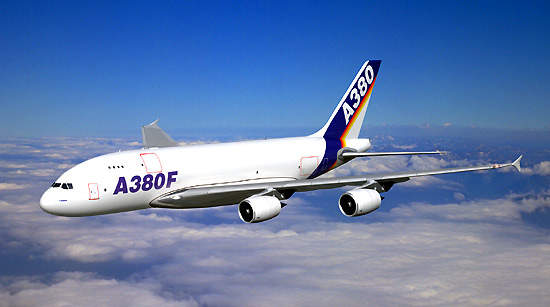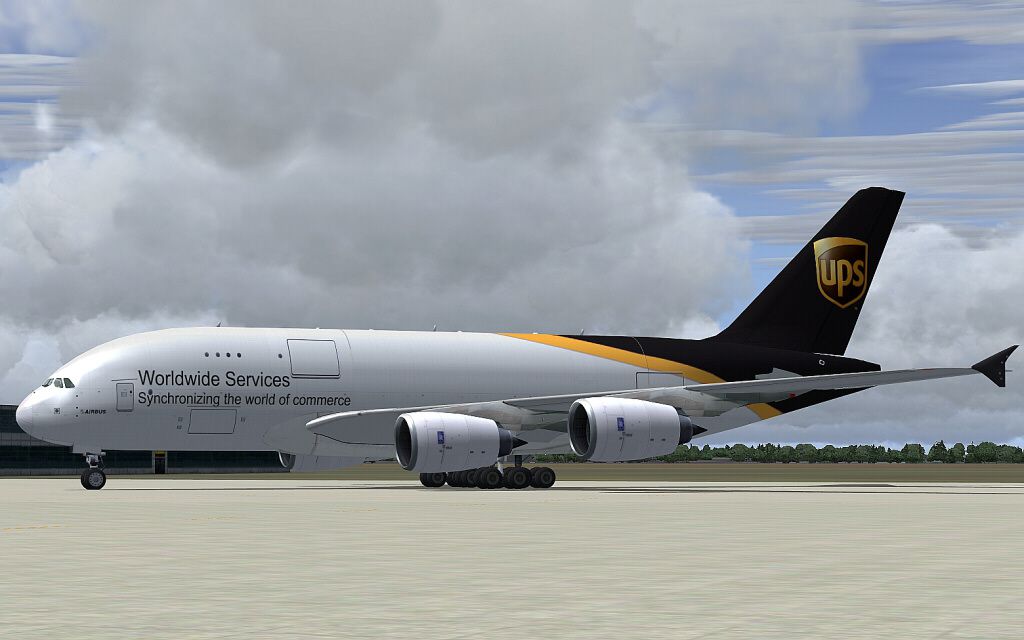2175301 wrote:It is true that the A380F would have required specialized handling gear for the upper deck. But, FedEx and UPS had committed to buying that gear (or otherwise contracting for it) for the limited number of locations that they were going to use the A380F.
I'd agree that handling equipment likely wasn't the issue. Anyone making the case otherwise has to prove a significant **ECONOMIC** impact from the equipment. Other considerations like complexity don't matter except insofar as they impact economics.
Try making that argument:
Say acquisition cost overall is 25% of Direct Operating Cost.
Say an A380F costs $250mn in 2018 dollars.
Say the marginal price of an A380 UD Loader versus a standard heavy freight loader is $3mn/unit.
Say you have to purchase one UDL per A380F.
...that works out to 0.3% economic impact for the A380F. And that's assuming a UDL costs $3mn more than a standard loader - something I very much doubt.
Even if 0.3% is the right figure somehow, I doubt that small delta would be sufficient to kill the A380F value proposition. Were the A380F just 5% better on cost per ton-NM, 0.3% barely impinges on the efficiency delta.
The same nonsense is often said about A388 re gate infrastucture improvement. It makes no more sense there either: even $20mn for a new gate is a small fraction of A388 acquisition cost, that gate has other uses and/or will service multiple A380's.
As with the passenger version, so with the freighter: the core operating efficiencies just aren't there. For the A380F, you just don't fly 55t more OEW than 748F to lift only 19t more payload - unless you're a volume-limited parcel carrier.
So I don't dispute the FedEx/UPS could have taken ~30 A380F's and operated them profitably.
The more interesting question: would that have been good for Airbus?
Building A380's was loss-making except for 2015/16 at best; it's doubtful that 5 more frames/year in 2010-14 would have moved the program into profit. 5 more per year now wouldn't get to profitability either; the picture might actually be worse given the need for 2nd shift to go from 8 up to 16. You wouldn't get to 16 but would exceed 8, so your 2nd shift would be poorly-used.
Plus 20 A380F orders were early orders with bedrock pricing.
All in all Airbus is probably lucky there is no A380F.
















